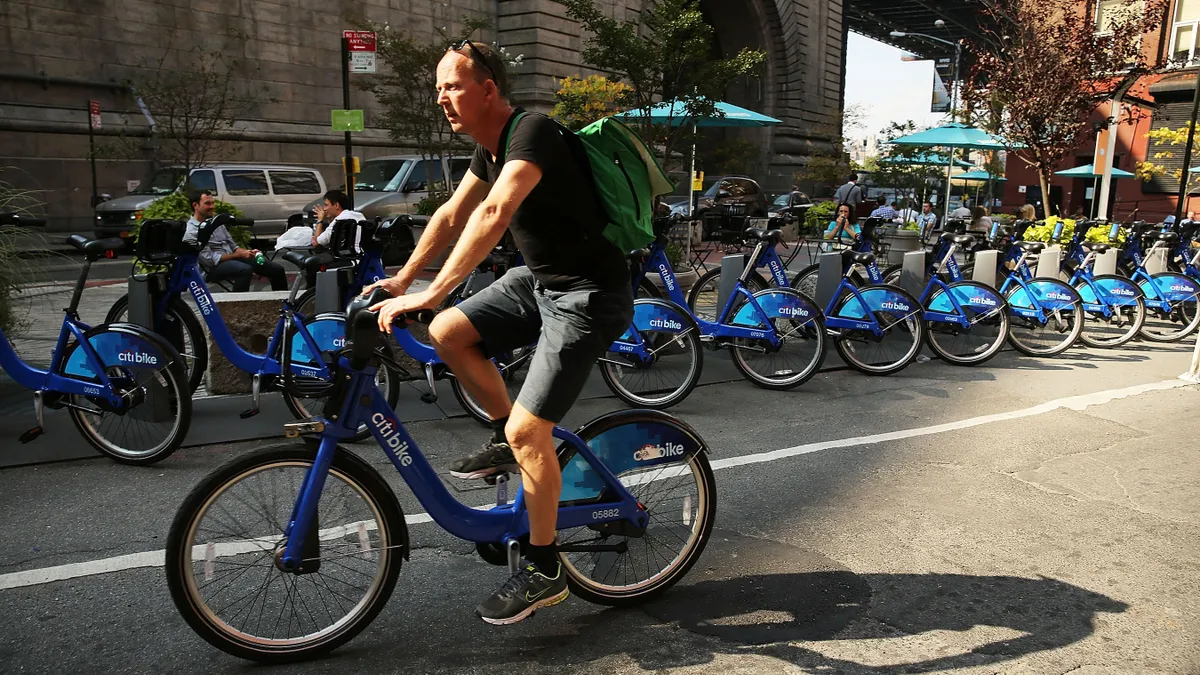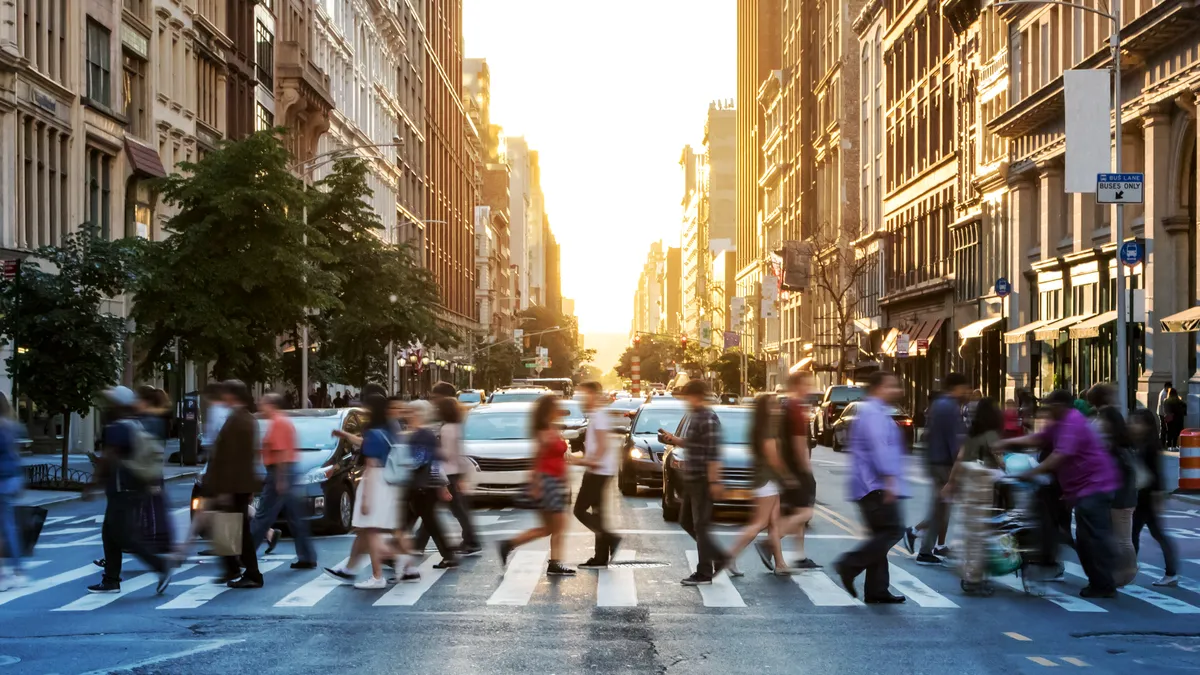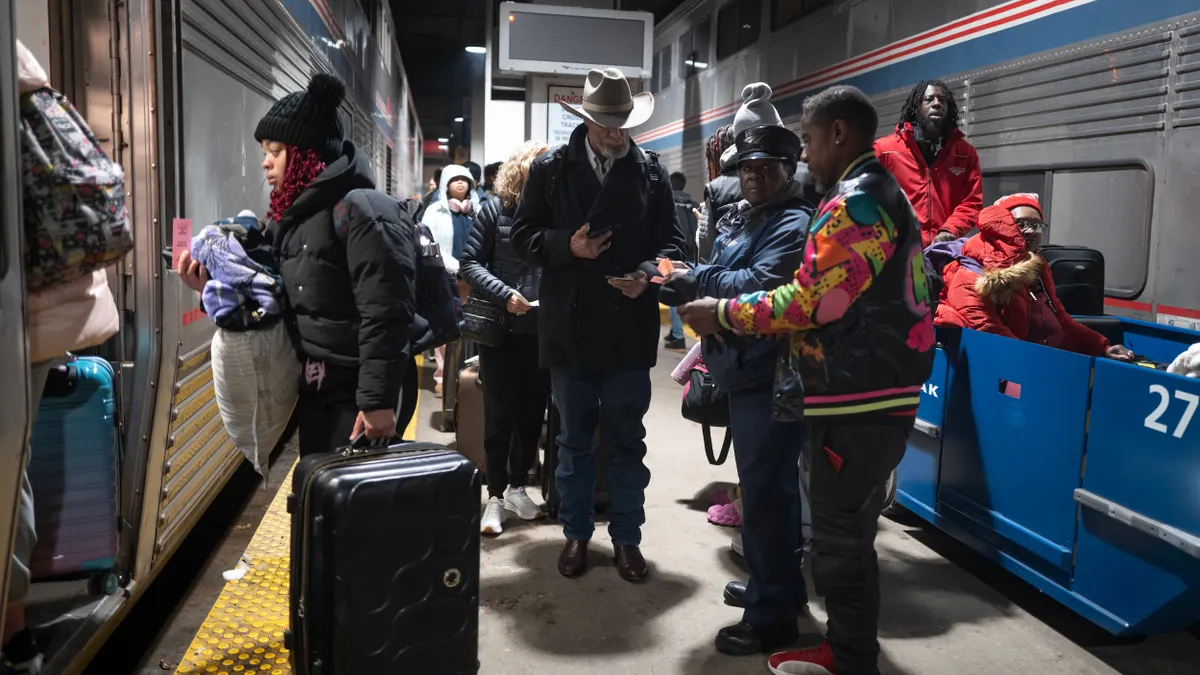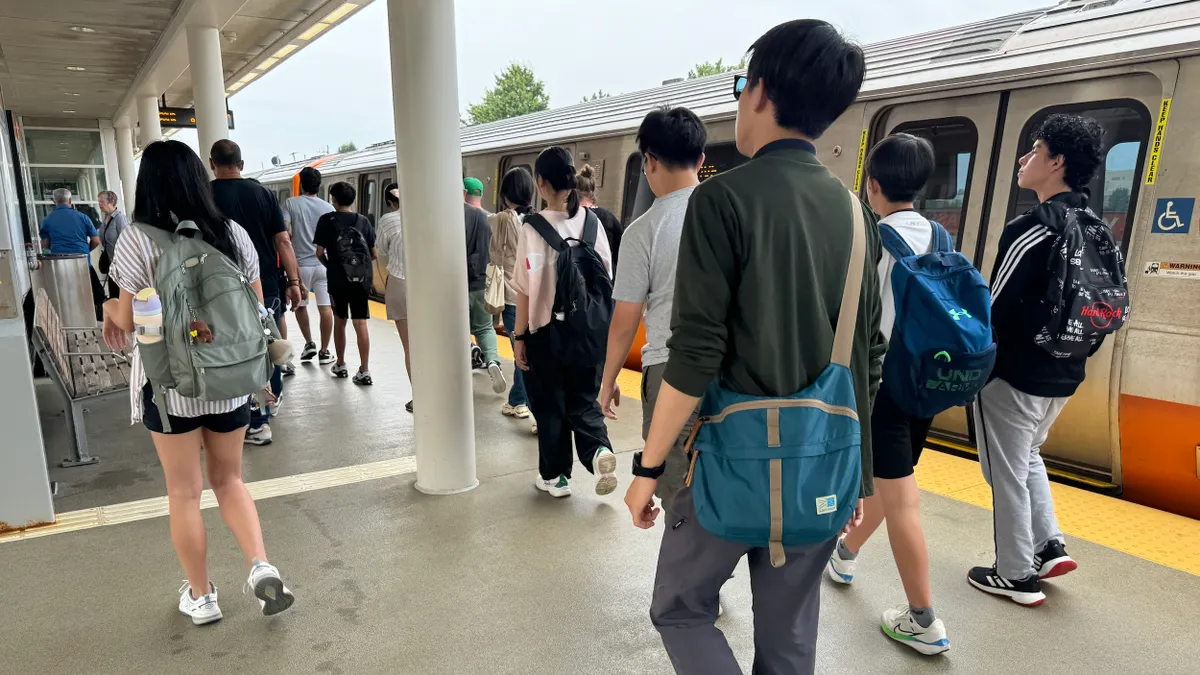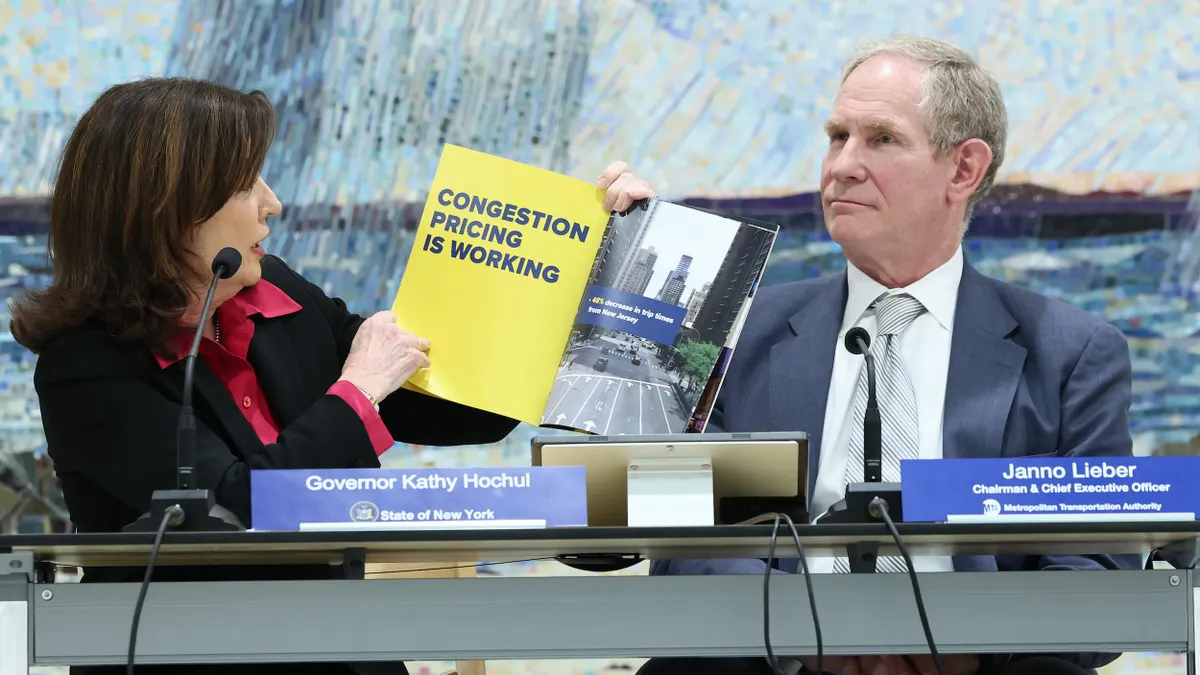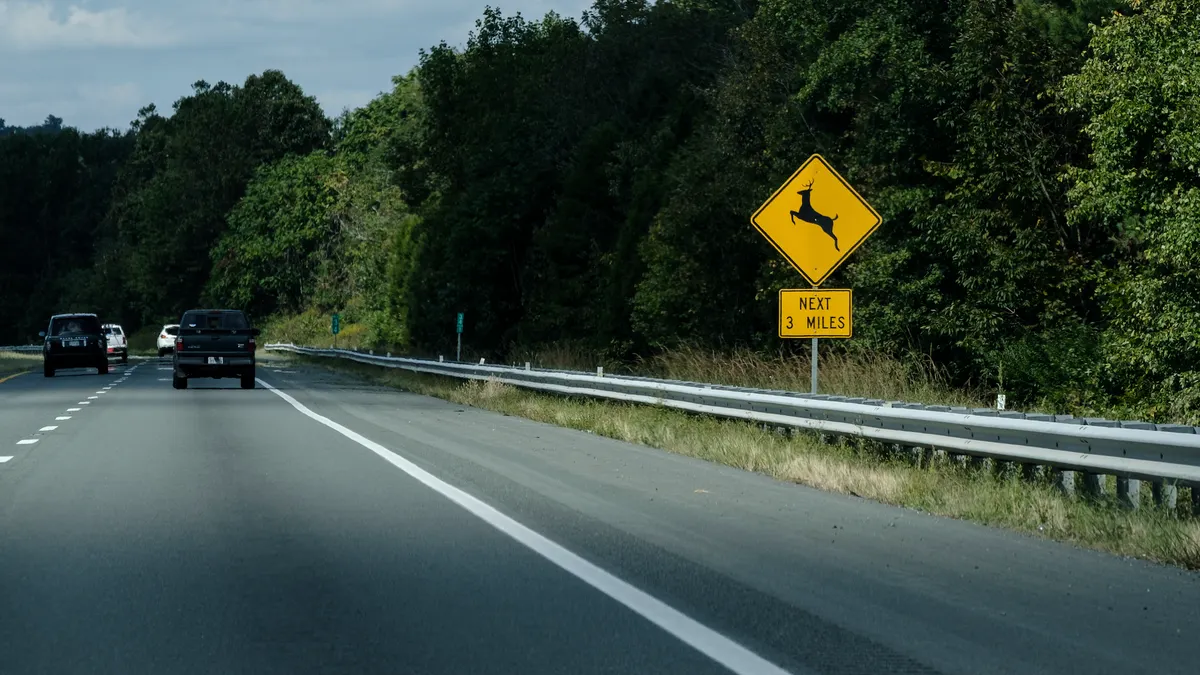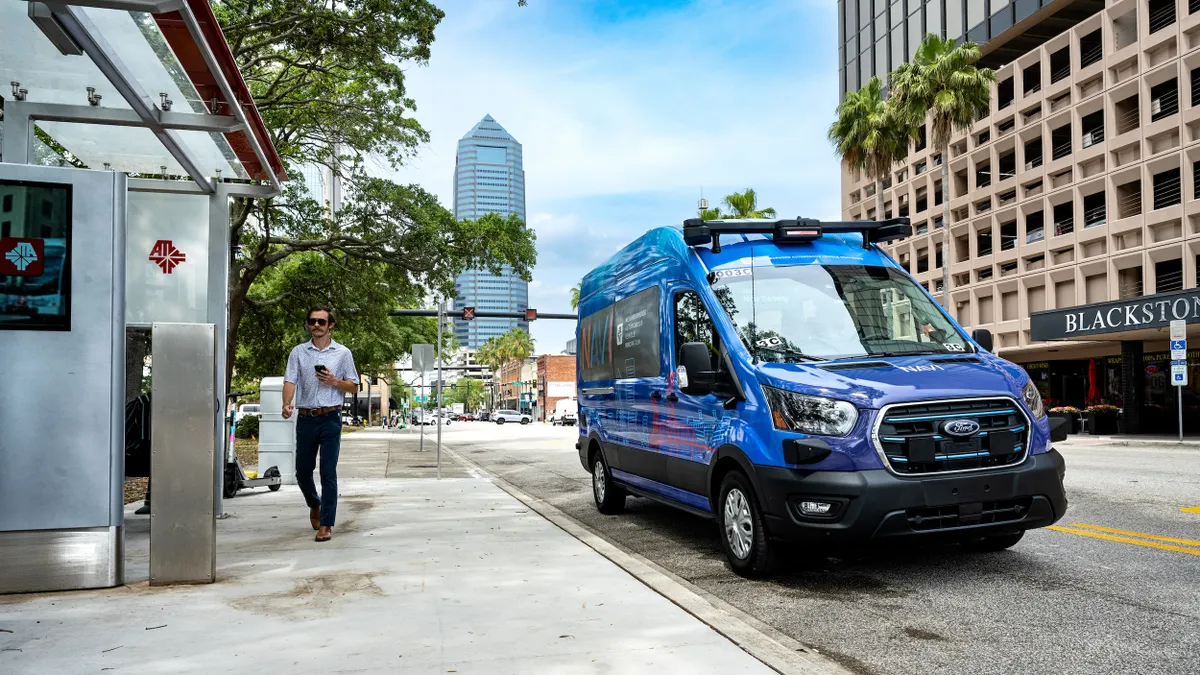With so much noise pollution in New York, it’s easy to understand why it’s the city that never sleeps.
The city’s civil complaint line gets more calls about noise than any other issue. One recent study estimated that 90% of New Yorkers are subjected to noise that exceeds the United States Environmental Protection Agency's recommended limit. And in New York's noise code, any noise 10 decibels (dBs) above the background level is considered a "noise event" and can be investigated by the Department of Environmental Protection (DEP).
To help mitigate this, a team of scientists from New York University (NYU) and Ohio State University are trying to quiet the city by using sensors to learn more about the different elements of the Big Apple’s soundscape. The first-of-its-kind project, Sounds of New York City (SONYC), received a $4.6 million grant from the National Science Foundation (NSF). So far, 36 of planned 100 sensors have been installed in Brooklyn and Manhattan, mostly on NYU buildings around Washington Square Park in lower Manhattan.
“It’s an acoustically interesting space," said Charlie Mydlarz, a senior research scientist at NYU’s Center for Urban Science & Progress (CUSP) & the Music and Audio Research Laboratory (MARL), who is working on SONYC.
The sensors will collect sound throughout the year to capture data on seasonal variances. For privacy reasons, sound will be collected in 10-second snippets with random spaces in between. The sensors — which also include a sign to explain the program — learn to differentiate between noises like jackhammering, barking or city buses.
“[New York]’s an acoustically interesting space."

Charlie Mydlarz
Senior Research Scientist, NYU's Center for Urban Science & Progress
Mydlarz went out with an enforcement team from the DEP and saw first-hand how hard it is for officials to investigate noise. The DEP workers would walk up with meters to construction sites and the crew would turn off the jackhammers immediately, skeptical of DEP's work.
When he later looked at noise complaint data for construction sounds in the Washington Square Park area, Mydlarz said the DEP couldn’t find a violation for 92% of the complaints made to 311. Yet when he sifted through sensor data, Mydlarz found construction-related noise events for 94% of the complaints.
This type of data can be used to advise when the DEP should go out on enforcement and do targeted work with its limited resources. The data from the sensors aren’t legally enforceable — but that’s not the point, said Mydlarz. The DEP can use the data to go to construction sites and get them to put up barriers, or use lower-noise tools.
"What we really want to bring about is self-regulation in the city," he said.
New York, of course, is not alone in having noise problems.
"This is not unique to New York," said Arline Bronzaft, an environmental psychologist who has been working on the effects of noise for decades. Her landmark 1975 study found children in classrooms facing subway tracks were a year behind in reading ability compared to students on the quieter side of the school.
Bronzaft is still working on studies, and recently published one titled "Impact of Noise on Health: The Divide between Policy and Science" earlier this year.
“New York has been in the forefront because they did their own thing,” Bronzaft said. “New York City has been interested in noise abatement for a long time." New York passed its first noise control law in 1970, beating out the federal government, which passed The Noise Control Act of 1972.
She said that New Yorkers have been interested in controlling how noisy their environment is since at least the 1930s. Having a steady stream of data could be what the city needs to solve the noise problem once and for all.
"We are still fighting it," she said.
Among those fighting it are NYU professor Tae Hong Park, who is working on an app called Citygram that maps the soundscapes of various cities, including New York, pinpointing loud and quiet areas. Restaurants in the city are also looking at ways to keep noise levels down.
Eventually for the SONYC project, the sensors will do in situ computing. That will allow a real-time stream of the specific sounds that the sensor is picking up, not only decibel levels. Researchers won’t have to go back and listen to identify the sources of different noises because all of the data will be parsed and labeled by the sensors.
While the program is still in its early phase, Mydlarz said he's had informal talks with other interested parties in various cities.
"All the tech is totally agnostic of the city it’s in," Mydlarz said. “There is no reason this couldn’t work in any city in the world."






